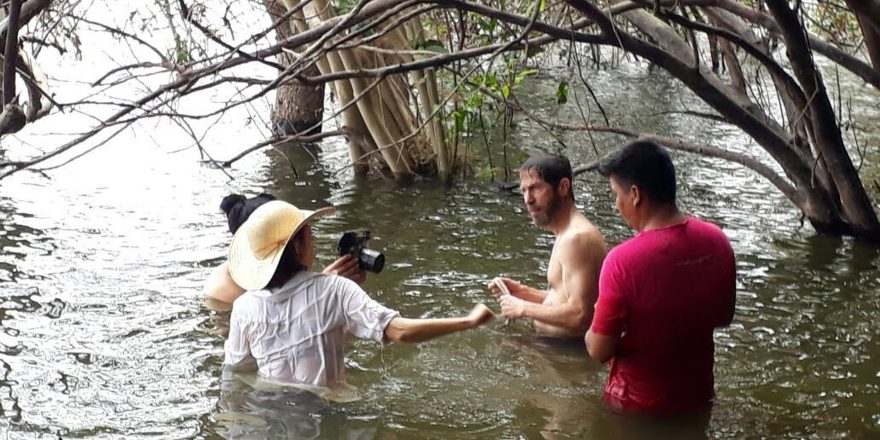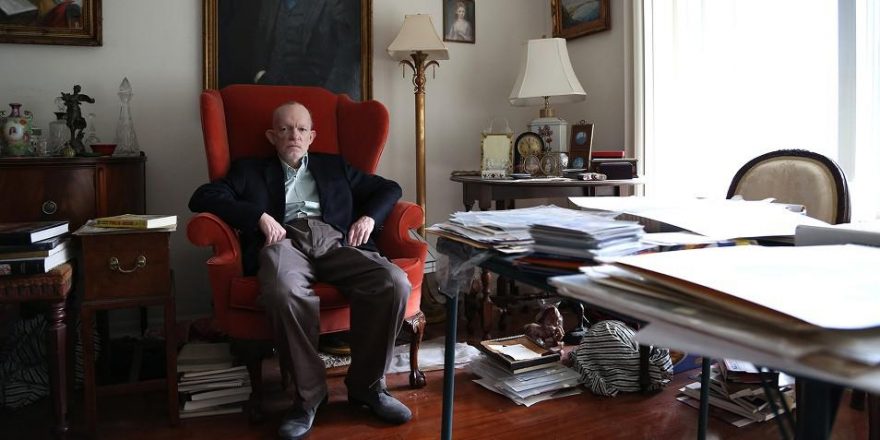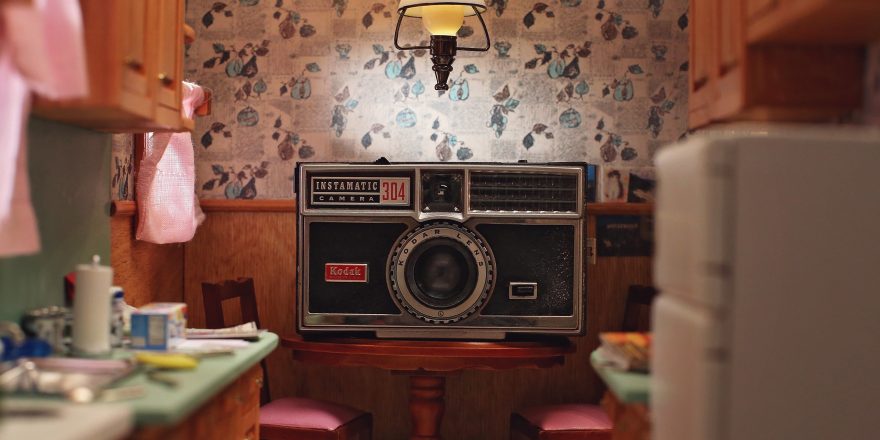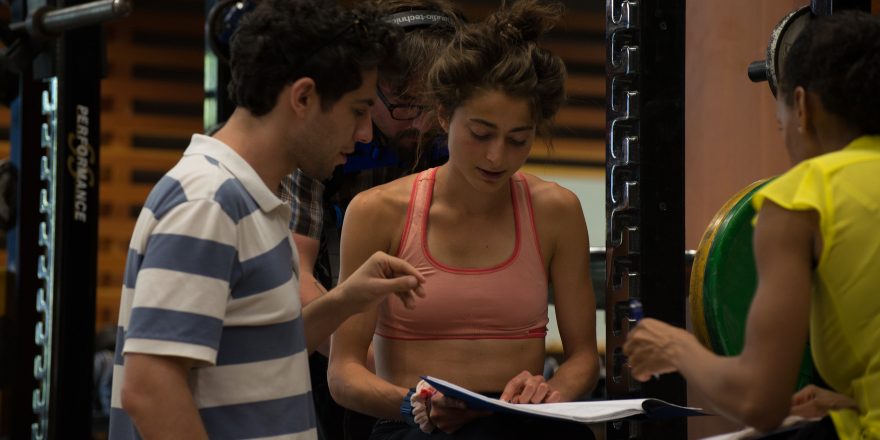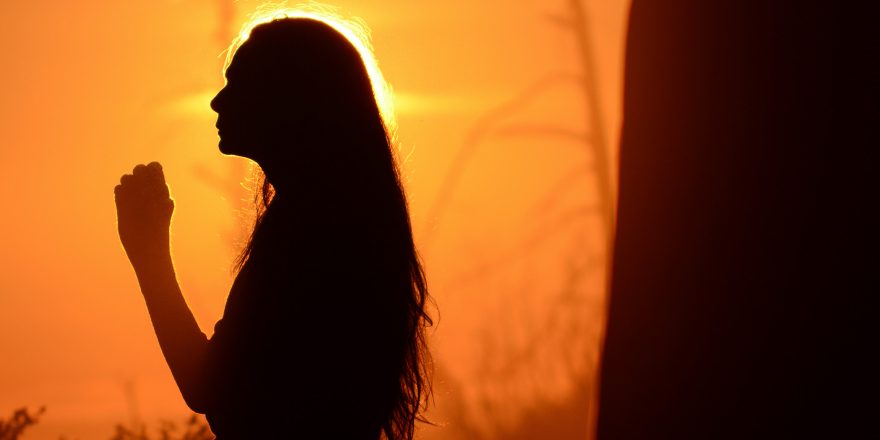The title of our new film, Sequestrada, means “kidnapped” in Portuguese, and in it, one kidnapping triggers another. The first victim is the Amazon rainforest, which is held hostage by big business and a corrupt Brazilian government who built the Belo Monte Dam, displacing indigenous people. The dam has increased deforestation and with it, affected one of the world’s most important sources of oxygen. We decided to tell a story about the impact of the dam from a 13-year-old indigenous girl’s point of view, to create a film that walked the fine line between fiction and fact, between the worlds of indigenous people and of global wealth, to reach beyond the bounds of the Amazon rainforest, whose internal politics are so easily masked by silence. Though the physical environment of the Amazon was challenging, we were welcomed by the indigenous people who live there, and ended up writing and rehearsing the film with them and bringing them fully into the creative act of telling their story.
Sequestrada began to take shape when we found Kamodjara, our female lead, a local indigenous girl. We had a contact at Xingu Vivo (Xingu River Lives) an organization that for a long time had been protesting the Belo Monte dam, the fourth largest dam in the world. The brother of Antonia de Melo, the head of Xingu Vivo, picked us up at the airport and introduced us to Kamodjara’s grandmother. When we screen tested Kamodjara, she was shy, as she’d never been on camera before. She was only comfortable when her mom was nearby, so we realized she might be able to play the lead role if she acted with her mother. We cast her mom as the madam who kidnaps her character.
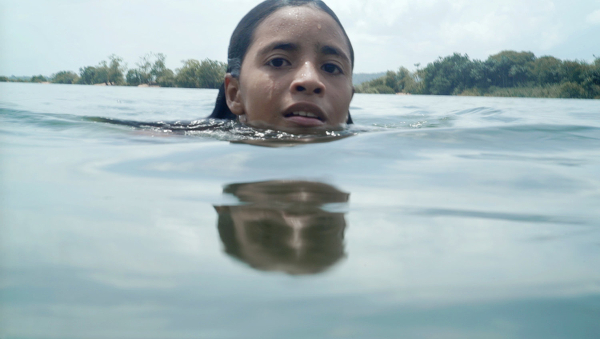
Kamodjara and her mother live near Altamira, a commuter town on the Xingu for the indigenous people who live days down the river. They come to Altamira to buy all kinds of goods. When we were in town walking around, there were dam construction workers and also indigenous people who were arriving en masse in boats and walking around town shopping. We met members of the Arara on the street one night and told them we were there to make a film. (The Arara is one of the tribes who live down the Xingu from the dam and have protested its construction, and were even part of a group that held a few dam engineers hostage.) Through their chief, we discovered we found out about an Arara camp across the river. We met a local boatman named Jonas Kuruaya and he took us there to spend time with the Arara. A member of the Kuruaya tribe, Jonas became our regular boatman. He had the sweetest smile most of the time, but occasionally we would see a glimpse of seriousness that made him sinister. We cast him as a kidnapper.
All over Altamira, there were billboards promoting the new schools and houses being built for people being moved away from the Xingu river as it flooded from the dam. Many people had fought to stay near the river, but these billboards advertised how much better these new houses would be, showing how the dam would have a positive impact on everyone. To explore this claim, we filmed Kamodjara visiting one of the new housing developments and asked her, “What would you feel if you had to live here?” We didn’t give a script. She spoke in the most eloquent way about how she wouldn’t have her garden and her plants or the river, and how sad she would be. Those are her words in the film. The tribes who have lived so long next to the Xingu have a lifestyle which is inextricably tied to the river. Once the government moves them to dry land, their indigenous identity is affected. We shot a scene of a public hearing where dozens of tribal groups were protesting the dam, and they said the health of their bodies reflected the health of the river.
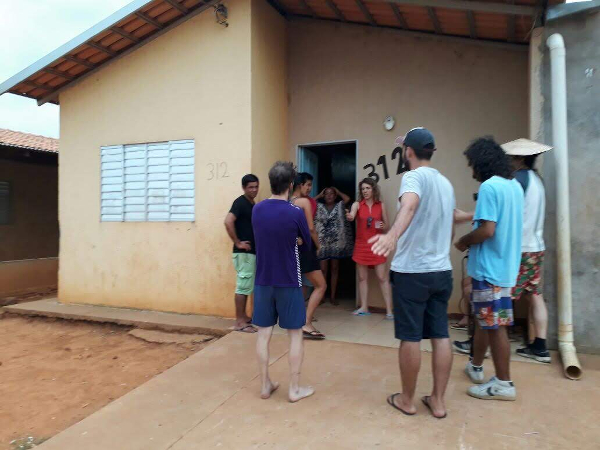
Kamodjara, who is Xikrin, the tribe who traditionally lived next to the Arara, talked about being separated from her family and her people and her home. There was an intensity of sadness when she spoke. This is really what Sequestrada is about – her looking for her home and not being able to find it, trying to get back to it even though Roberto, her captor, doesn’t want her to. He wants to take her to Rio de Janeiro where she can have a life more like his, one that seems better to him, but worse to her. The deeply rooted sadness came from what we learned from Kamodjara and other people we met.
We went to Altamira knowing intellectually what was happening there and the politics of the protest against the dam, the rationale for building it, but we really learned what it felt like to live in that world by working with the indigenous people who were the actors in the story and hearing their stories. In one scene, Kamodjara’s father, Cristiano, asks the chief, “Do we have to leave our home?” The chief responds by saying, “We are not going to leave here. They can’t force us.” Just the strength of his reaction and the emotion of his acting was something. But it wasn’t acting. It was how he really felt.
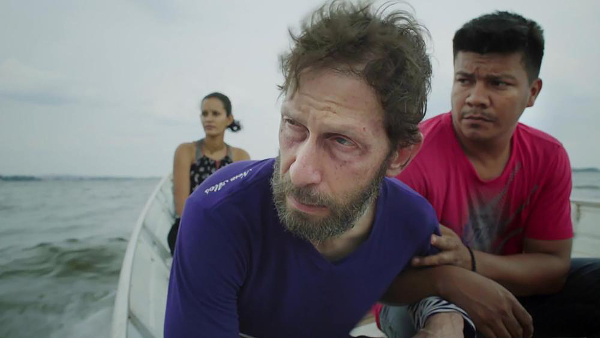
Sabrina came to this film more from a documentary background, as a researcher and ethnographer. Ethnographers go into a community and observe and document and ask questions. Soopum came to it from a scripted film background. He was used to shooting 10-minute takes on a thousand feet of 35 mm film. With this long-take approach, we captured amazing, intimate personal moments of our actors naturally putting on makeup, watching traffic pass by, talking to one another. The only difference was that we could shoot scenes multiple times and ask them to add moments to subsequent takes. We also structured a story in which they could act out their normal lives to some degree.
Shooting in the Amazon is dangerous for many reasons. More environmental activists are killed annually in Brazil than any other country. We were told to not drive out on the Trans-Amazonian highway, which goes through Altamira as it snakes through the Amazon rainforest. Or if we did and someone stepped in front of our car, we were advised to just keep driving, because they would kill us. Two Japanese tourists were killed this way while we were filming in Altamira. The last time we were there shooting with Tim Blake Nelson, who plays an American investor in the film, Veja magazine had a cover story calling Altamira “the most dangerous city in Brazil.”
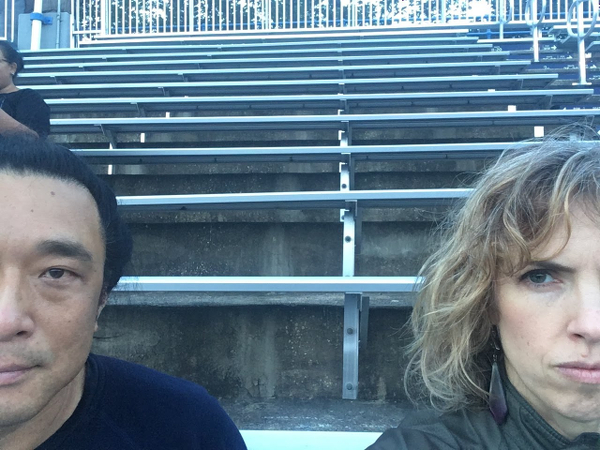
As a petite, blonde white woman and a tall, black-haired Korean man, people stared at us. The idea that somebody from South Korea and somebody from the United States went to the Amazon to make a film with indigenous people was surprising to many people. We worked very closely with indigenous people in telling their stories as we wanted to make sure they were being represented as they wanted to be. We were interested in how indigenous people think, their experiences, how they would be as actors, which turned out to be incredible and authentic. We used Arara myths in Kamodjara’s voiceover as a way to reflect tribes’ historical attachment to the river. We also saw that their myths were like European or Asian myths, which felt like proof we are all one human family.
Brazilians have a particular word, saudade; in English, the closest is “missing.” In the movie, there is an intense feeling of saudade, of missing one’s home. It has nothing to do with ethnicity or race, but rather it’s a universal human feeling, and it’s what they felt. What we showed in Sequestrada is how homes, people, and a way of life went missing. And, sadly, more of this will happen as other dams are built unless there is a widespread recognition that these developments are destroying the Amazon rainforest.


